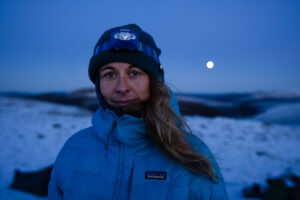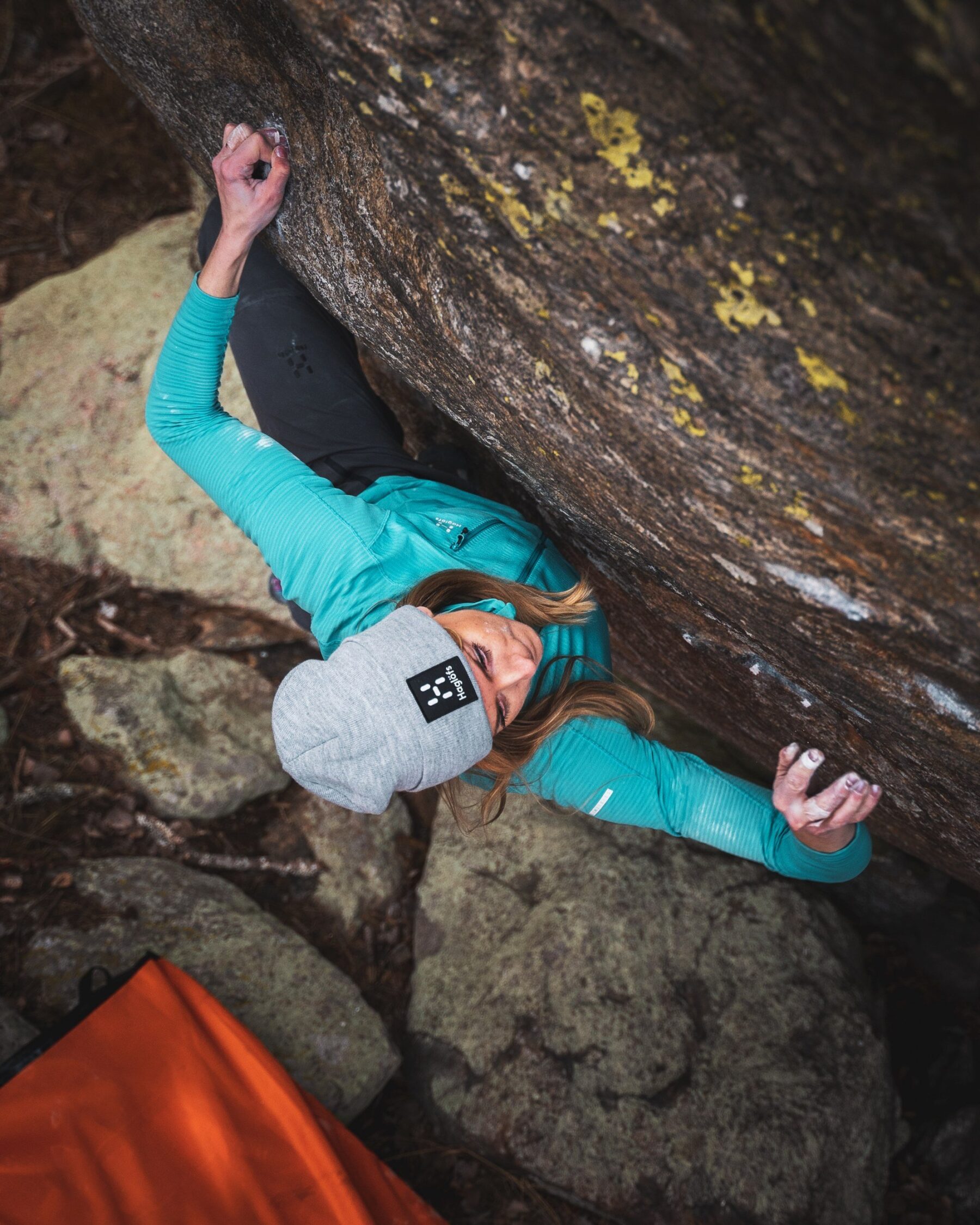Home Story Learning the Lessons from Jeju with Filmmaker Nicole Gormley
Learning the Lessons from Jeju with Filmmaker Nicole Gormley
Feature type Story
Read time 30 min read
Published Jun 18, 2020
Author Hannah Bailey
Photographer Hannah Bailey
Hannah Bailey catches up with the film’s director to chat her connection to the ocean, filmmaking and spending time with the haenyao women of South Korea
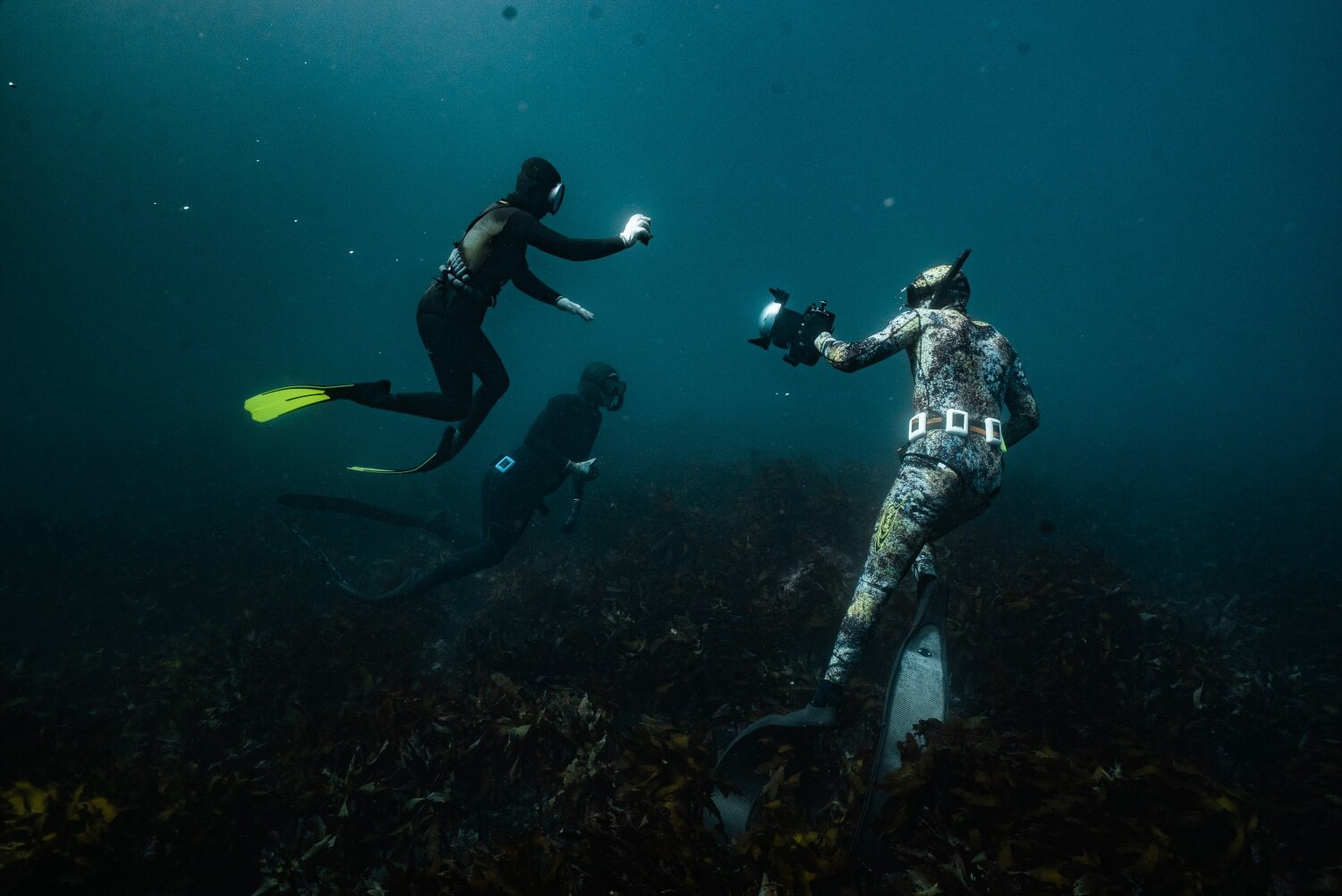
On Mother’s Day in the US, the film Lessons from Jeju was released. The short documentary follows professional freediver and Patagonia ambassador Kimi Werner as she heads to the island of Jeju in South Korea to meet the haenyeo, a group of freediving fishing women often regarded as Korea’s first working mothers.
It was the first time I’d heard of the haenyeo and I was transfixed by the synopsis, the concept of mothers of the sea and the interweaving thread of motherhood in an “outdoor sports” category film. I’ve covered women in action sports for many years, but this isn’t anything I had really connected before. I was gripped even before I pressed play.
As a photographer, I wanted to dive a little deeper into the making of the film, and so who better to speak to than the film’s director Nicole Gormley? With a background in marine biology, and a love for the ocean, she brought together the perfect team to head to Jeju, a crew resulting in a beautiful and authentically captured short with a lot of lessons to be learned on motherhood, and the power of a collective.
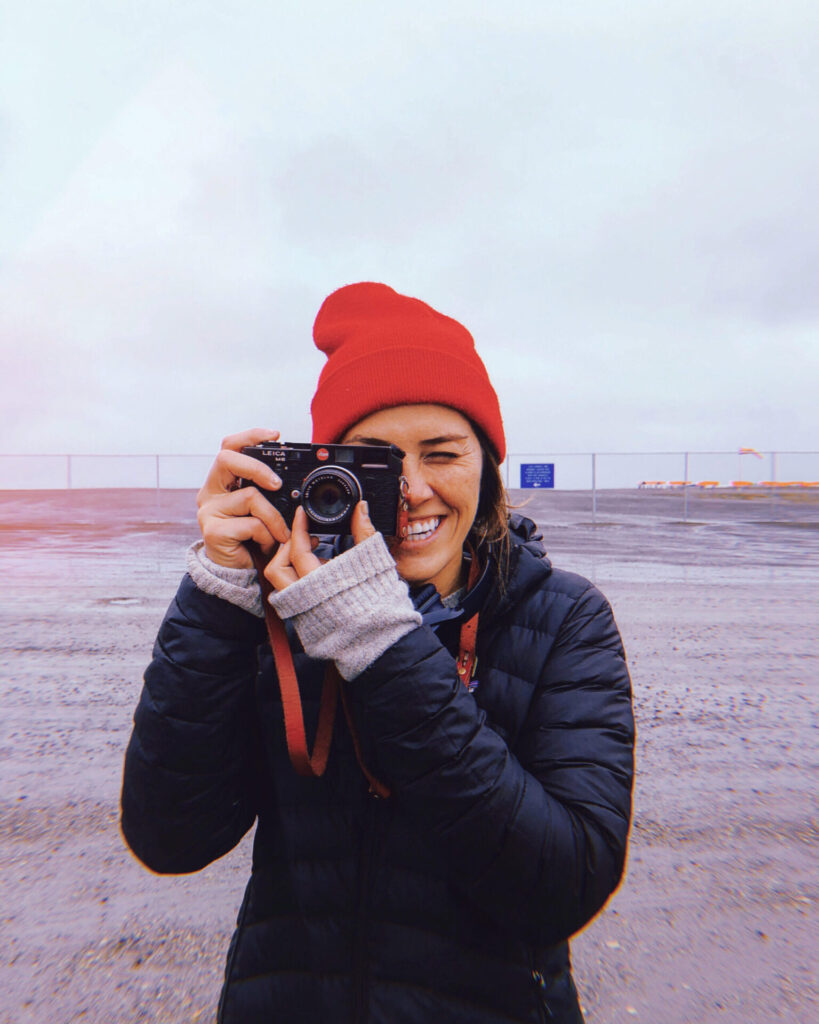
Hi Nicole, can you tell me a bit about your background and how you developed your connection to the ocean?
I grew up in the suburbs of California and didn’t spend a lot of time outdoors, except for going camping and to the beach with my family from time to time. I don’t have a singular moment that I fell in love with the ocean but rather memories from childhood and high school that slowly connected me. I remember we went on a family vacation when I was 12 to Hawaii and I went scuba diving for the first time and had my mind blown! I thought, this is what is underwater? Also, I remember my dad taking us to the aquarium – somewhere through those experiences and way too many viewings of Shark Week and Blue Planet I fell in love. I later went on to take a marine biology class in high school that really helped shape my view of the importance of the ocean and ultimately went on to study it at university. I also picked up surfing and fishing in college and it was really then when I started spending more and more time in the ocean that I felt a sense of belonging that I wanted to maintain and protect for the rest of my life.
So, how did you then start shooting in the water?
I always wanted to make nature documentaries and so I interned at Discovery Channel when I was in college. After my internship, I went on to work on a handful of expedition and nature TV programs. I worked on a National Geographic project for about two years working with explorers and going on expeditions, which my marine biology background definitely helped. I worked on Discovery Channel’s “Shark Week” for a while so there was also some overlap there. In those types of projects you end up wearing a lot of different hats, so although I was a producer handling mostly the story and logistics, we were in these incredible and beautiful places with unbelievable wildlife so I just kind of started taking pictures. Over time that empowered me to also feel I could shoot video. I was nervous because I didn’t go to film school and being a woman in a traditionally male dominated industry. Normally it felt like women were producing and the guys were shooting, but there was a moment I thought, I can do that! I realised you just have to start shooting to get better at shooting. It has been an evolution of just getting involved!
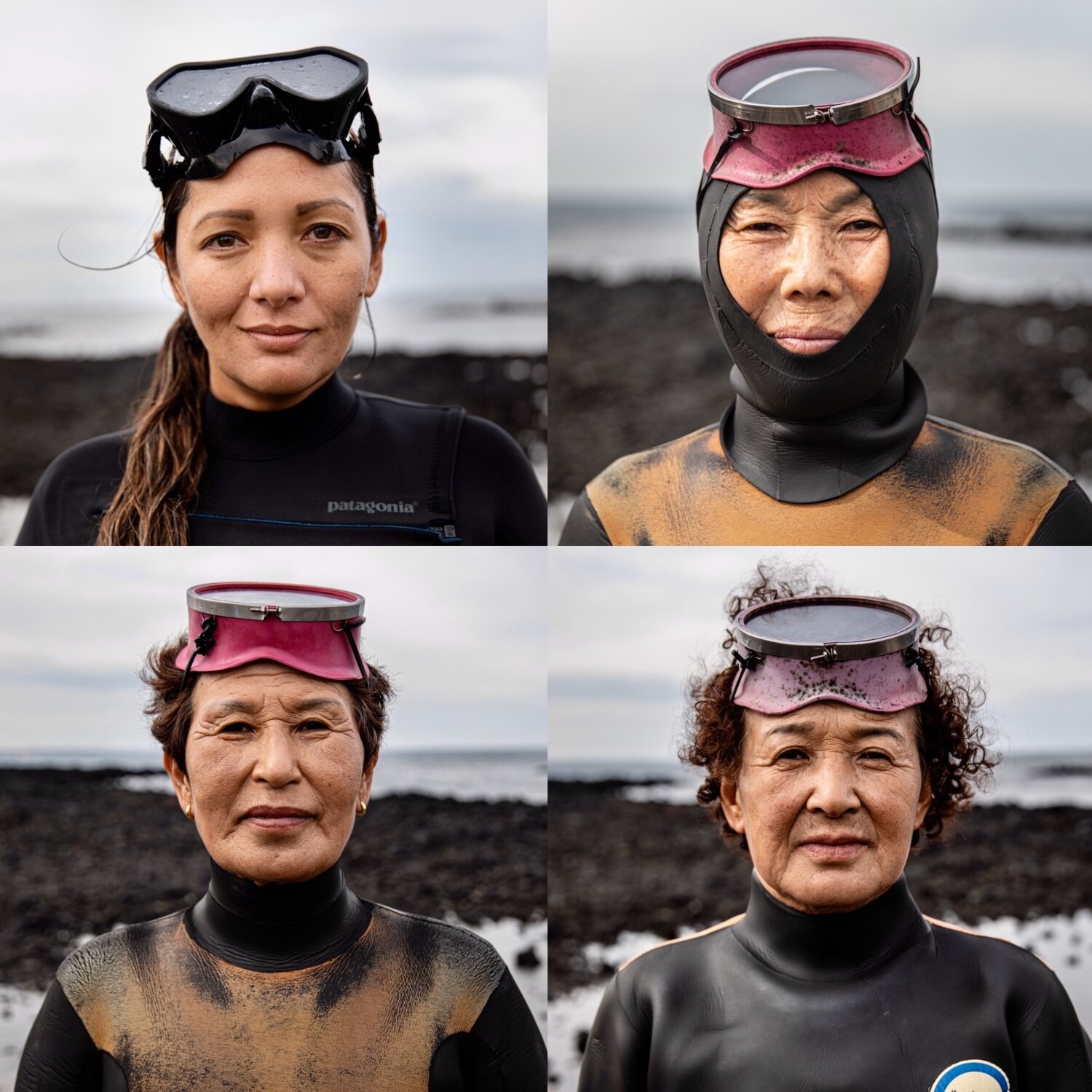
So, how did Lessons from Jeju come about?
Kimi (Werner) and I have been friends for about six years. We had been brewing a lot of different ideas and we were on a trip when she told me she was pregnant. Without talking about a specific project, we talked about her fears of pregnancy. Not too long after, Kimi posted a picture freediving while pregnant and she started getting some slack from people saying she shouldn’t be doing it – with a lot of that being unfounded nor researched or studied. So she found herself looking to the haenyeo when needing to get advice, turning away from social media and looking at these traditional cultures that have been doing it for thousands of years. So, we pitched the Jeju idea to Patagonia, and they were really supportive.
The haenyaeo have been well documented and they have UNESCO world heritage preservation. They’re a big part of Korea’s culture and history. A lot of stuff you read about them says they are tired of having cameras pointed in their faces, and there are a lot of stories which have profiled them before. What I was really interested in was the intersection of Kimi’s experience and the haenyeos. We didn’t want to just show up with cameras so we partnered up with a local producer who knew one of the daughters of the haenyeo we ended up working with, a collective of ten of them. She helped us get to know the ladies and make sure everything was ok. They liked Kimi, and I think they were interested to meet a diver from Hawaii. They thought it was really cool there was this other culture of diving women out there and they were also really stoked she was seven months pregnant. They ended up calling her their Hawaiian haenyeo!
Yes, as a viewer, it felt very comfortable on camera between Kimi and the haenyeo women, and that element was captured so beautifully in the documentary.
That’s why I love to do documentaries. It helped to have a tight knit crew, with everyone invested in the project, as we were ready to go and active participants. The dinner scene you see in the film happened right away – we sat down and they started talking casually. Not having an agenda was really important to all of us so that it was an experience of growth and learning, rather than shooting to make a film.
Normally it felt like women were producing and the guys were shooting, but there was a moment I thought, I can do that!
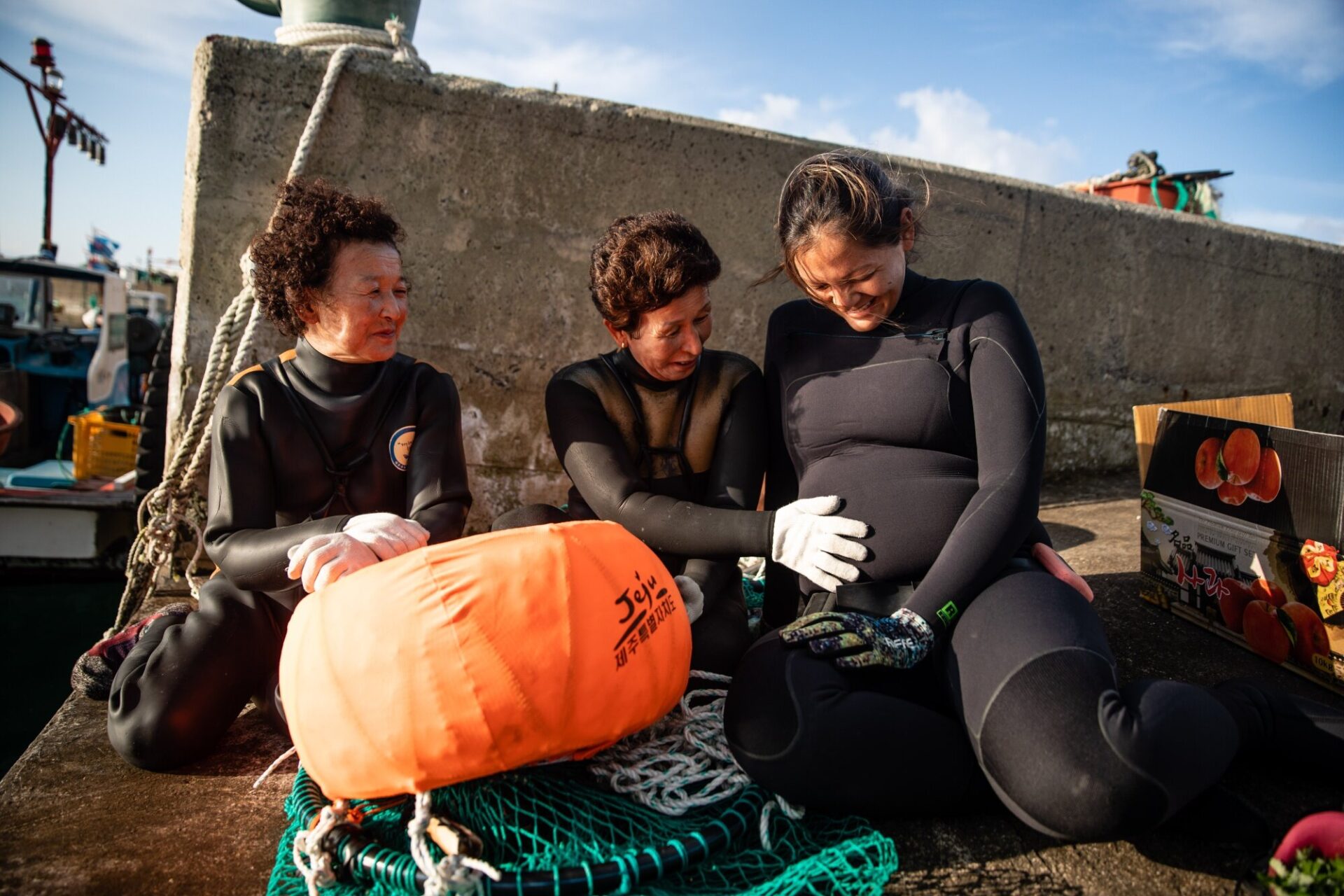
These women have been doing it for thousands of years and their success largely depends on their ability to be there for each other. That was a really cool lesson from Jeju.
I really thought Kimi knew them already from the ease on camera!
They were interested in her story, so there was a mutual curiosity! You can see the difference between the polished beauty shots and portraits versus the ‘shoot the story that is happening right in front of you’ scenes! If the story was unfolding right then and there we shot that and started listening. It didn’t have to be perfectly framed cause it was real. That is credit to the crew that was with me, everyone was super talented and excited to be there.
The moment that Kimi is putting her mask on and the haenyeo is helping her, it’s a tiny moment but I could see the respect and it was very special. That’s what I love about the culture of the outdoor sports we are a part of, that mutual understanding of being interested in each other’s worlds, that we are in the same worlds. United by our goggles or our boards, our cameras or our bumps!
Having that shared experience is a great way to get to know who someone is!
So can you tell me about the crew?
Our field crew was Chris Naum who was our DP/editor, Justin (Kimi’s husband) our underwater DP, and Nancy our Korean sound mixer and like minded sister, Kimi and the local team.
What was it like to watch the haenyeo at work?
Amazing! Kimi and I were nervous. They always say be careful of meeting your heroes but not in this case. When we got there we were impressed. To know someone like Kimi who is so amazing from a technical diving point of view, and see the haenyeo doing their thing and killing it alongside her was awesome. They are in their 70s carrying 20kg of stuff, hobbling around when on the boat and in the stone house, but when they get in the water they are like navy seals jumping off the side of the boat and moving quick! Honestly we dove for two days, and the first day was calm, we were getting used to them and we captured a lot. But the second day the conditions were gnarly and really rough. The haenyeo get dropped off and they dive for five hours in these crazy conditions!
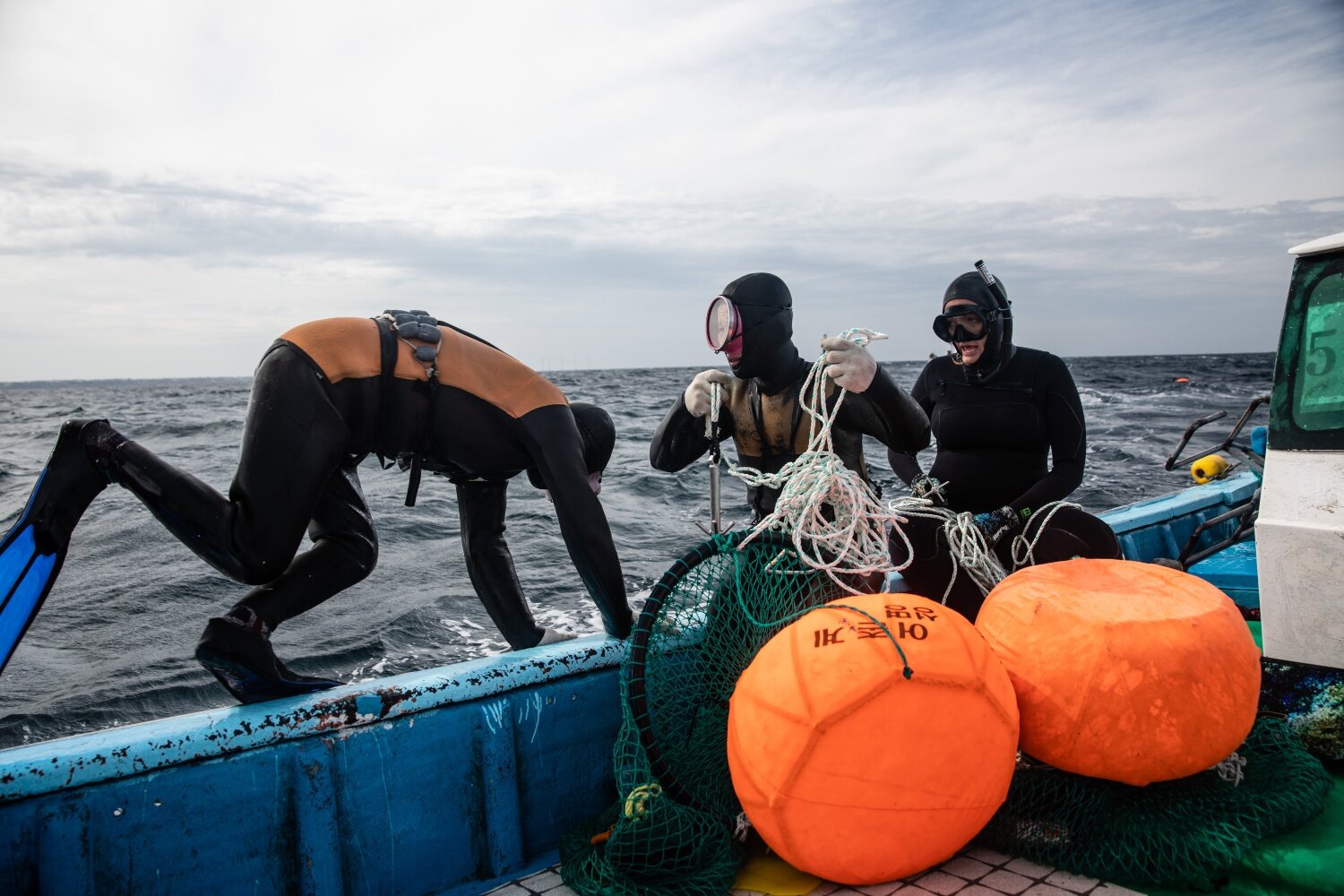
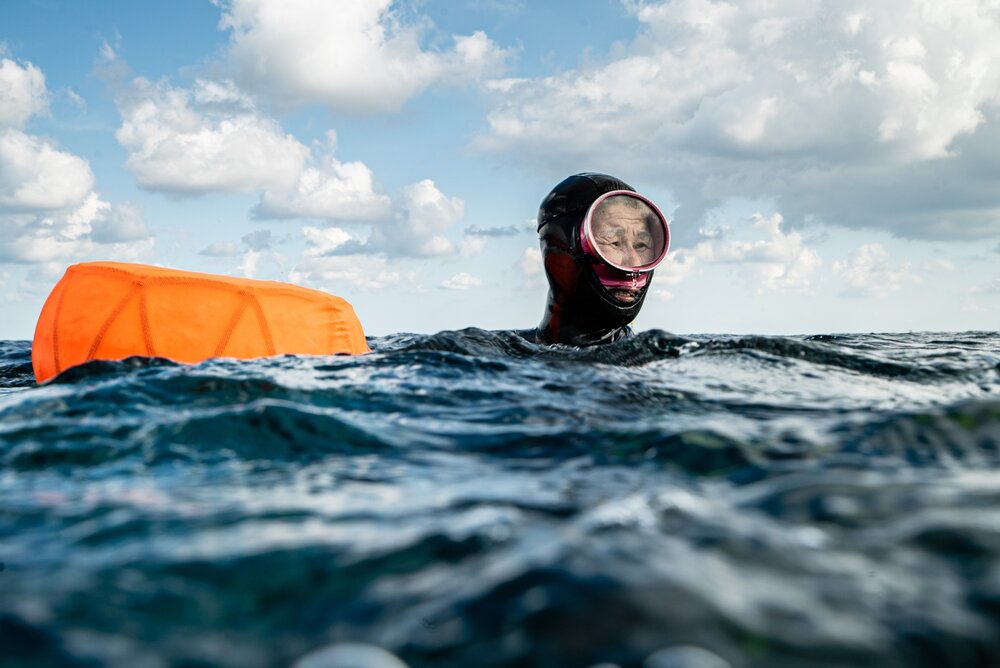
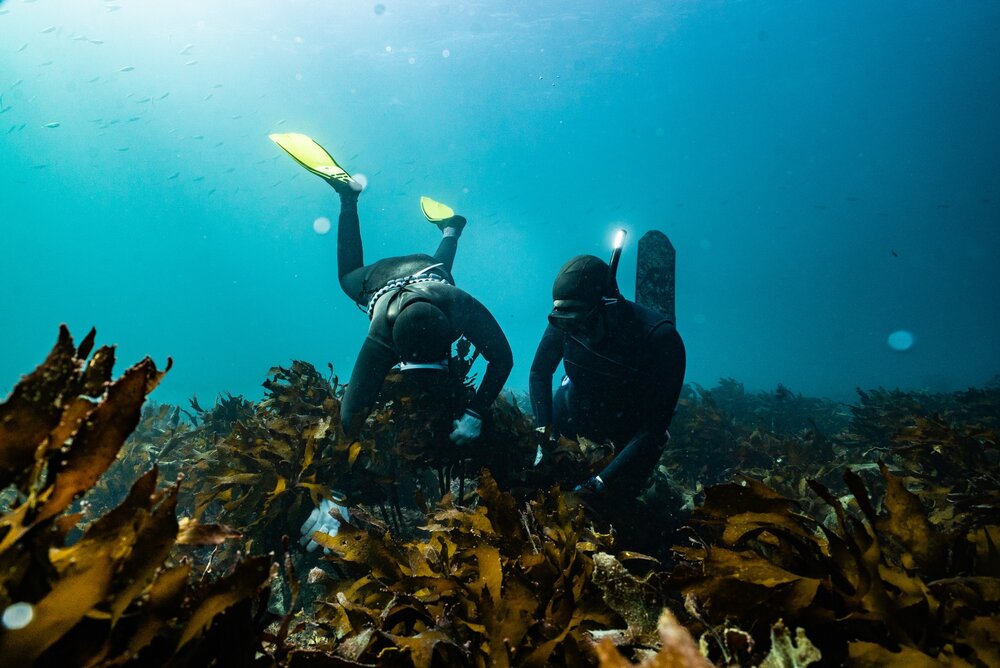
Wow, they are like everyday athletes!
So often in the outdoor industry and mainstream media, women are idolised as individuals, which they rightfully should be, but what resonated with me was the sisterhood and collectivism. It is not about one individual diver. You look out for the less skilled divers or elderly who can’t go as far. It’s not about how good you are at diving but about being there every day. The pressure of diving is shared amongst every single woman doing it. These women have been doing it for thousands of years and their success largely depends on their ability to be there for each other. That was a really cool lesson from Jeju.
Your portraits of the haenyao… I keep looking at them, shot close up to their skin weathered from the water and so beautiful – their masks, and equipment, squished by their neoprene. What do you see when you look back on those portraits now?
When you take pictures there are some images that stand out for you and capture an entire project. Those portraits do that for me. My grandmother is chinese. When I saw those women, their tanned skin and their wrinkles, and saw how hard they worked for their next generation, I thought a lot about my family. I thought about their sacrifice and how powerful women are and how powerful the love of your children is. Don’t fuck with a mothers love! The haenyeo are one example of the commitment of mothers to better their children’s lives.
For more from Nicole, follow her on Instagram
Don’t miss a single adventure
Sign up to our free newsletter and get a weekly BASE hit to your inbox
Other posts by this author
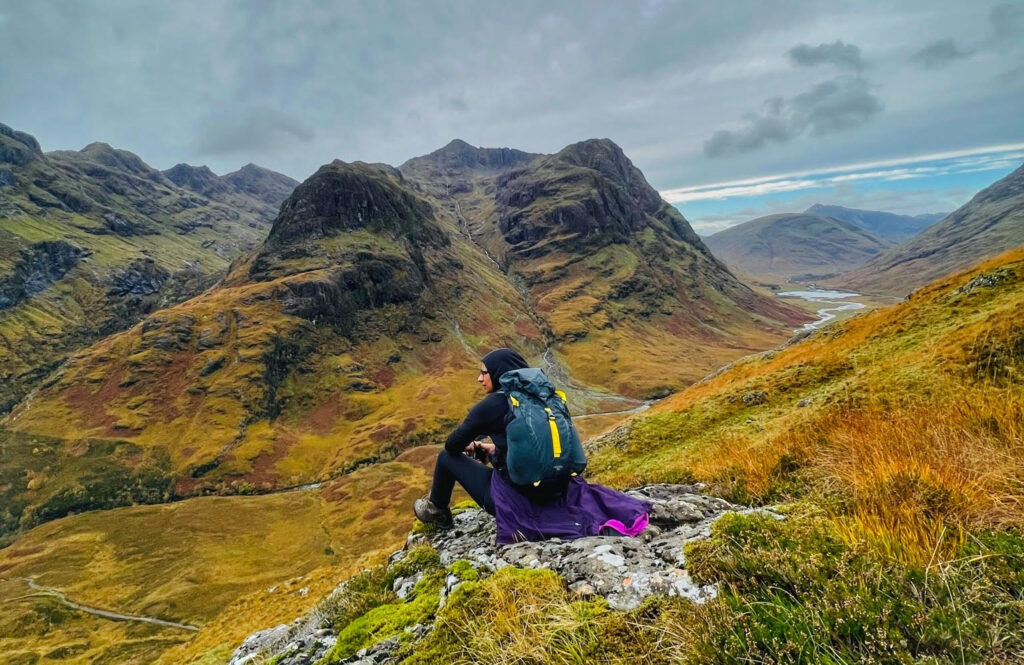
Interview • Hannah Bailey • May 19, 2022
Interview: Aysha Sharif
A conversation around the cultural and societal barriers Muslim women face, and their path so far in the outdoors
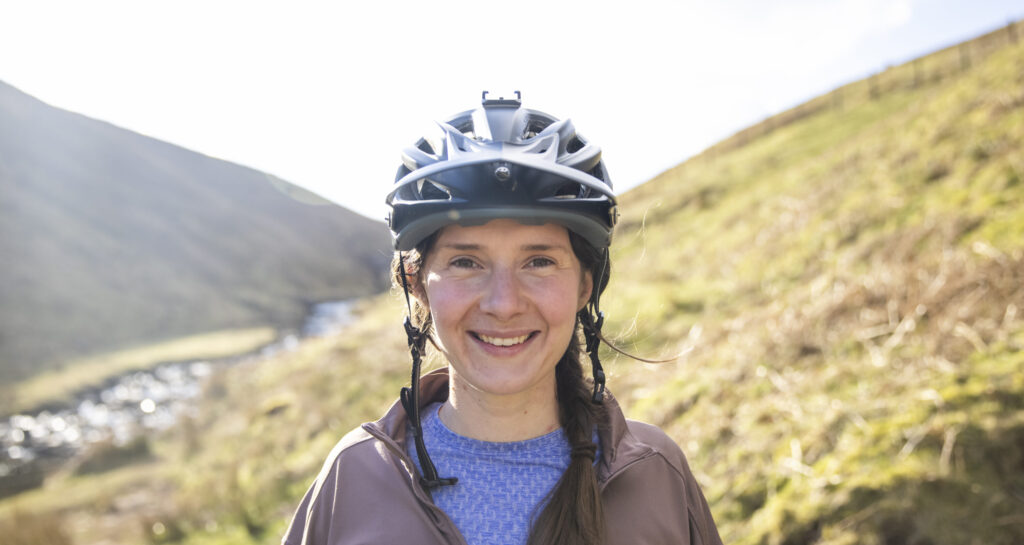
Interview • Hannah Bailey • Jan 17, 2022
The Responsibility of the Trail and Life After Racing
In conversation with mountain biker Manon Carpenter
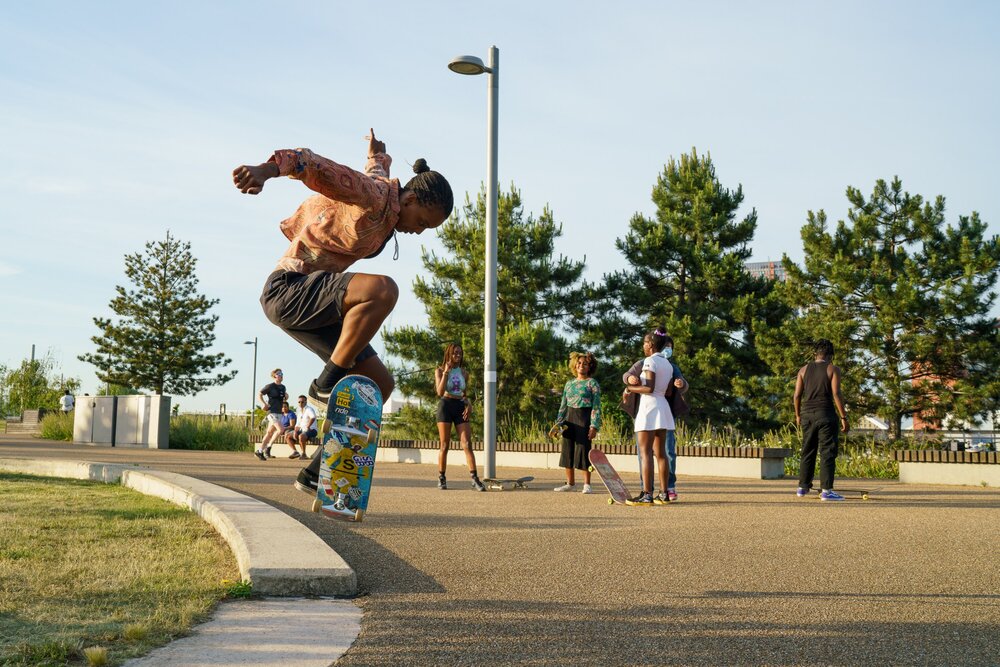
Story • Hannah Bailey • Aug 13, 2021
To Balance is Trust
Shining the light on the faces of female and non-binary skateboarders
You might also like
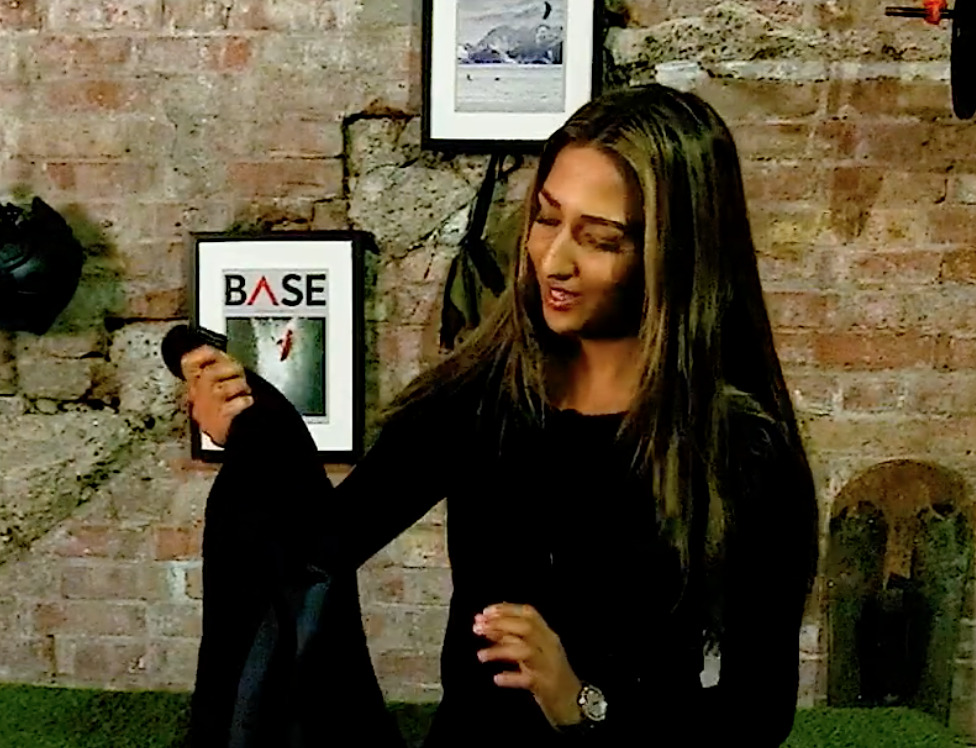
Video • BASE editorial team • May 09, 2023
Top Five Scariest Things About Scuba Diving
Tips and tricks to overcome your fears, find your sea legs and take the plunge
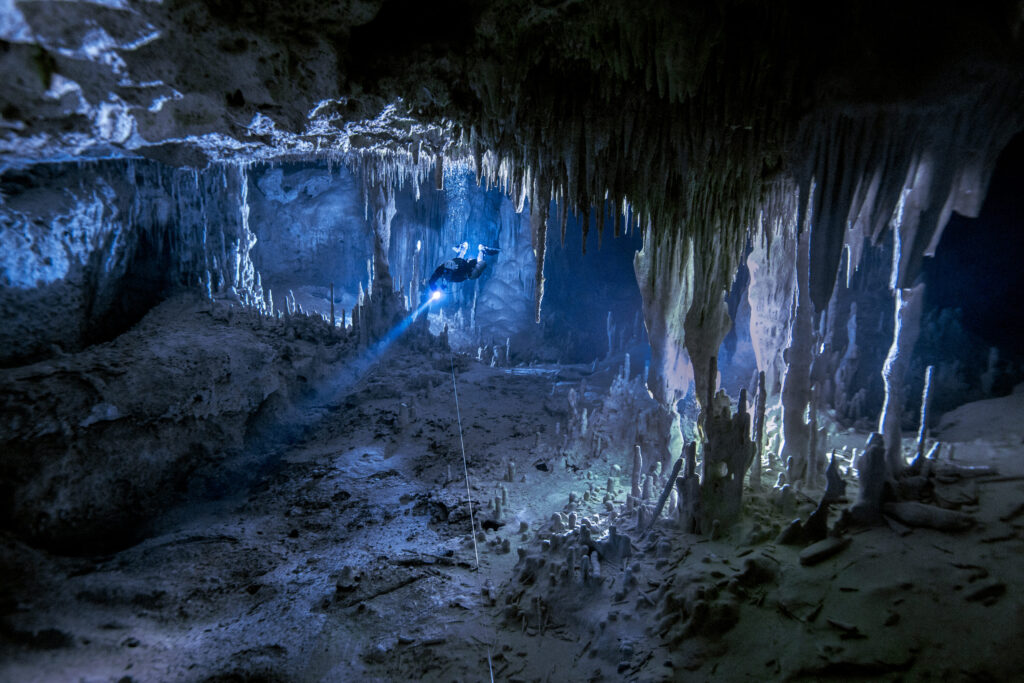
Story • Ben Horton • Jun 28, 2022
A Deeper Understanding
Lessons in facing the unknown in Mexico's underwater cave systems
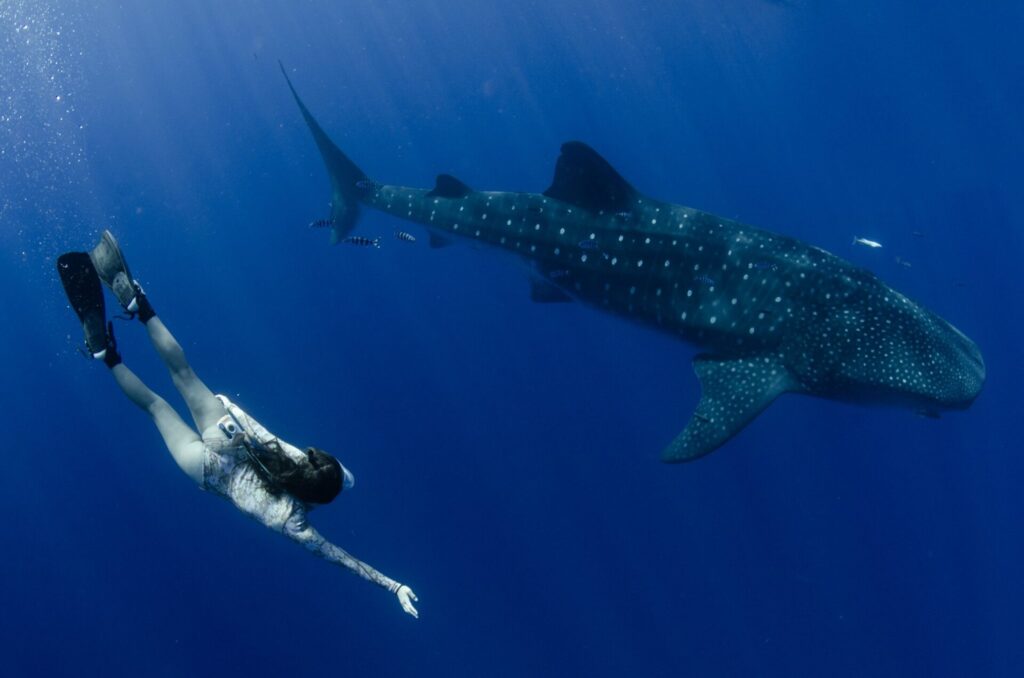
Story • Will Appleyard • Dec 01, 2021
Guardians of The Blue
The pursuit of underwater giants in the mid-Atlantic
